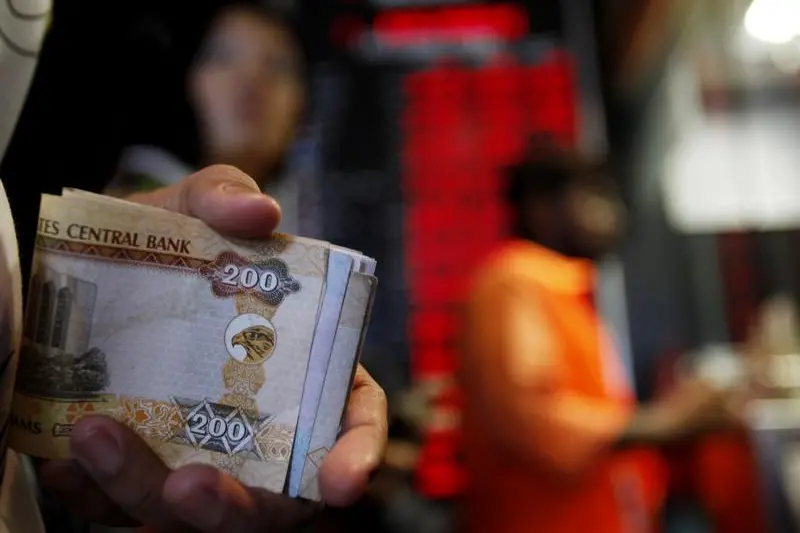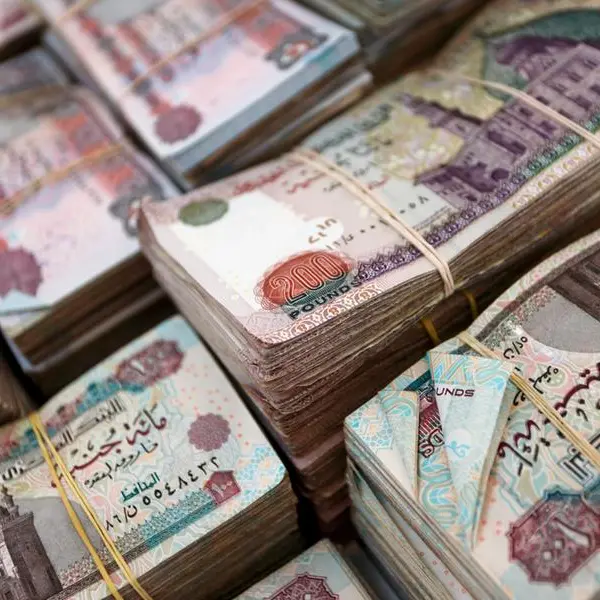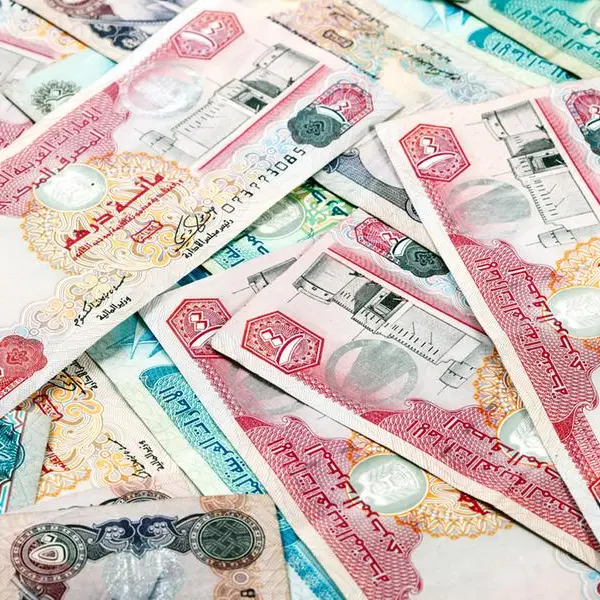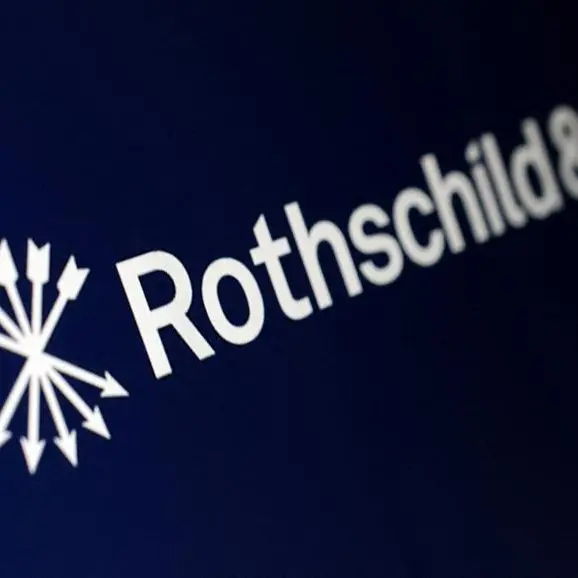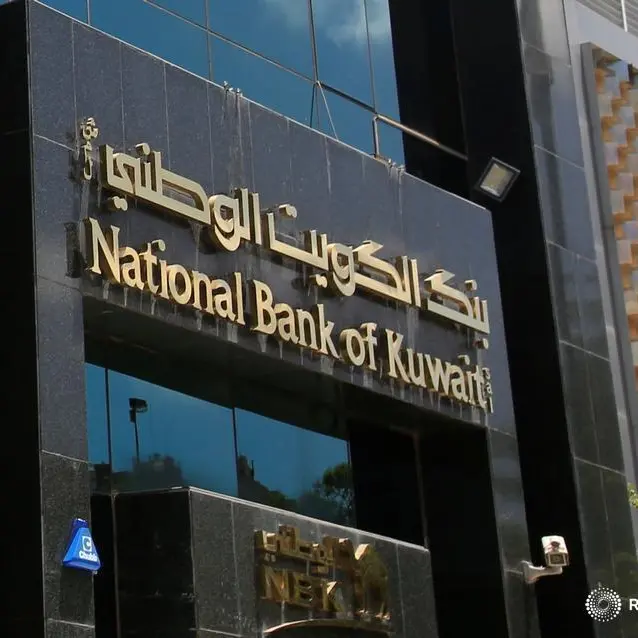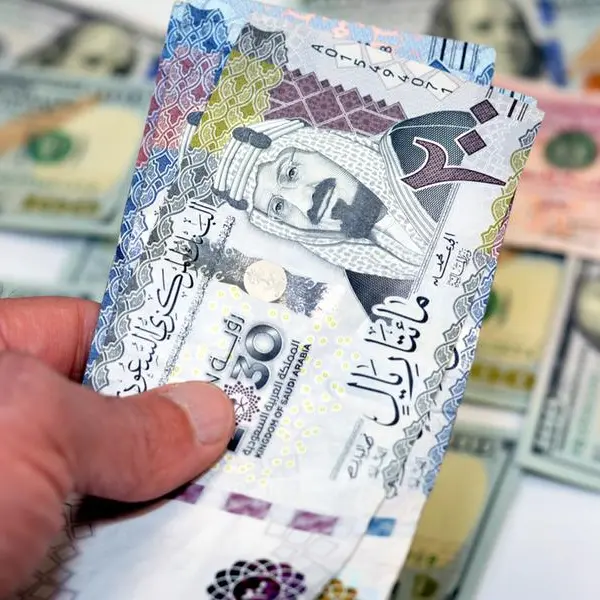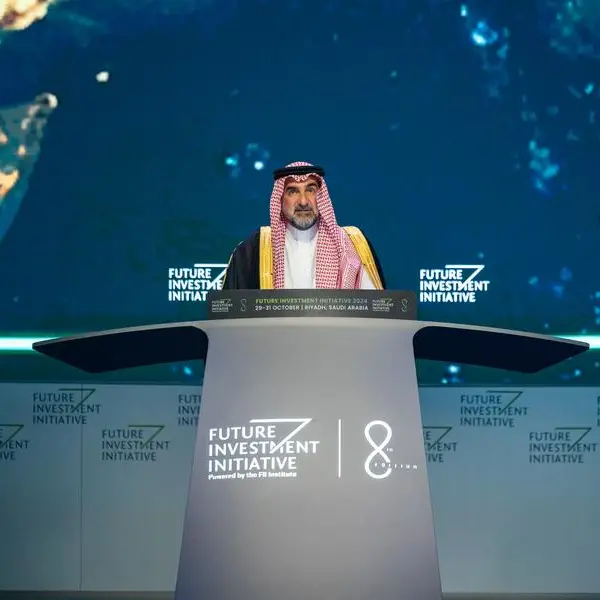PHOTO
Though India’s rate of economic growth seems to have softened, it continues to attract significant investment flows from global institutions and expatriates.
For Indian expatriates, especially those living in the UAE, one of the key questions is how to repatriate their savings to India and invest them effectively. Given recent news about the Indian economy, such as slower GDP growth, capital outflows, inflation levels at a 16-month high, lower demand and consumption, many expats are wondering if this is the right time to send their money home.
The IMF’s recent World Economic Outlook has put Indian economic growth at 6.1 percent in 2019, rising to 7 percent in the following year. Growth in 2018 was 6.8 percent, but in the past quarter this year, it is expected to be less than 5 percent. However, even at this lower growth rate, India is still one of the best-performing economies and an attractive investment destination.
“It’s ideal for Indian expats to send the money to their home country for better returns,” said Pradeep Unni, Head of Trading & Investments at Richcomm Global, a Dubai-based international commodity services company. “The rupee has been stable, around 19 per dirham, for a while now. Further weakness is not likely as most negative factors have already been discounted.”
However, not all analysts agree. The rupee has stayed above the psychologically sensitive 70-rupee mark against the US dollar over the past few months, and the outlook is for further weakness. The US bank JPMorgan Chase & Co. has forecast that the rupee will hit 73/74 vs the US dollar (19.9/20.2 vs the dirham) in the coming months.
Anita Yadav, CEO of Dubai-based investment firm Century Financial, said the Indian currency is heading in only one direction: south. “Any country that runs persistent current account and budgetary deficits, as India does, has to continually sell its currency to fund the deficits. That is why in the 30 years of the Indian rupee it has only fallen.”
She added that the long-term trend of Indian rupee is to depreciate by 5 to 8 percent per year. “You may see one or two years (small cycles) where it strengthens somewhat. This happens when oil prices fall and India’s oil import bill shrinks, making the current account deficit smaller. But to make money in that scenario, one has to be a currency trader.”
FLUCTUATION VS RETURNS
So is this a good time to repatriate money home? When the Indian currency weakens over a period of time, expatriates face a dilemma: Should they send dirhams immediately or wait to see if the trend continues and the rupee weakens further?
“Anytime is a good time to send money to India if the expatriate plans to leave it invested in India,” said Yadav. “Whatever you lose on currency fluctuation, you will gain on actual return on assets. If you were to send money to India today at the conversion rate of Rs 71 per dollar and invest it in equities or property in India, you could earn about 10 percent return. But if you hold off until next year, you could possibly get Rs 75 per dollar, but then you would have lost out on 10 percent potential return there.”
However, she added, if an expatriate plans to bring money back from India, then no time is a good time to repatriate, because whatever returns you might potentially have made there would have been materially reduced by the currency depreciation and the increased volatility.
According to Yadav, India still offers one of the highest returns for a dollarized international investor. “As an investor, if I don’t invest in an economy that is growing at between 5 and 6 percent and which is giving 10 to 12 percent returns on most assets, where else do I go?”
Compared to 1 percent growth in Japan and Europe or with even China slowing down to 4 to 5 percent, India is still a good growth environment from an investor perspective, she added.
Once the decision to invest is made, the question is what to put it in. Some of the good options are equities, real estate and gold.
EQUITIES
The government has made a series of policy announcements over the past few months that are expected to reinvigorate the economy and cause the equity market to recover on the back of renewed confidence and a return of foreign institutional capital.
Unni thinks so too. “The second term of the Modi government should see all the policy changes have a positive effect on the economy, and the equity markets should perform well. The investor should be in equities in some form or other: mutual funds, SIPs, etc.”
The potential investor should closely scrutinize the sectors to invest in, and a degree of diversification across sectors would be prudent. Information technology, FMCG, healthcare and pharma are held to be the growth sectors.
“In India, I like equities as a class, but only certain sectors, like healthcare and technology. I will avoid the banking and energy sectors, as they are volatile,” said Yadav.
Other than picking the sectors, it is important to look at valuations (analyzing the stock price in relation to its fundamentals, such as earnings, book value and dividends) and time the entry into the market accordingly.
“India right now is a very exciting place for innovation, and there is so much energy going into the start-up segment. However, you need to be part of a private equity or a venture capital fund to be able to invest in that segment,” said Yadav.
REAL ESTATE
Indian expatriates in the Gulf have always been active in the property market “back home”; they usually carefully collect and channel their first savings towards purchase of a house in their home towns for when they retire and return.
Lately, their increasing prosperity has also encouraged them to look at real estate as an investment asset, but over the last few years, low returns, particularly in residential housing, have dulled the sheen on this asset class. Despite that, real estate in India is still considered a safe bet as prices seem to be bottoming out.
“There are good investible properties in C-class towns, and bank mortgage rates are currently low. On the negative side, however, property is a relatively illiquid asset and has a long lock-in period. If the investor is prepared to take a long-term view, then yield could be good,” said Unni.
GOLD
For Indians, gold has always been the go-to investment class both in times of prosperity and as a safe-haven investment. Indian households are reckoned to have a stockpile of gold worth $800 billion, according to The Economist.
“As a house, we are bullish on gold because the world is getting into a slow growth mode, and during economic slowdowns gold is more attractive,” said Yadav.
“We think the dollar is over-valued and is set to become a little softer from here, and that makes gold attractive. So, over the next two years, the outlook on gold is positive.”
According to Unni, gold is showing a stronger trend due to the China–US trade war and global economic weakness. “There is strong investment demand coming from investors and even central banks. The metal is likely to remain range-bound at the higher levels of $1,400 to 1,500 per ounce over the next year.”
According to Yadav, gold ETFs are a good option for Indian investors looking at gold as an asset, as it offers mobility, and a deeper and liquid resale market.
“However, the negative for ETF is that it is a financial instrument. Apart from the underlying gold price, its value also gets affected by the dynamics of demand and supply. Despite that, I think it’s definitely an asset to look at.”
“Earlier, a very significant amount of gold was bought by people who wanted to hide their money: the grey economy, as we call it. Hiding money in gold is difficult because now gold needs to be declared to the tax authorities too. So now if you don’t want the extra burden of holding a physical asset, you may as well go for gold ETF,” Yadav added.
(Writing by Brinda Darasha, editing by Seban Scaria)
© ZAWYA 2019